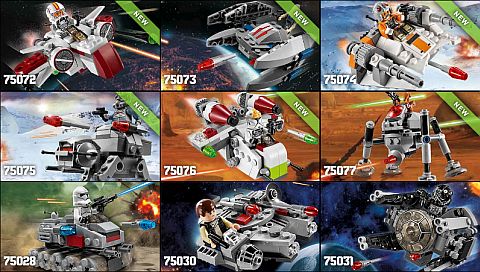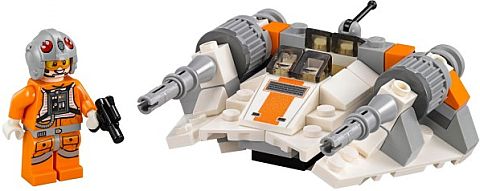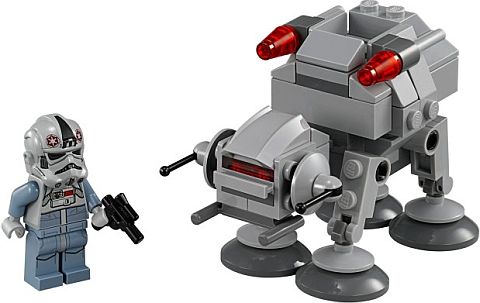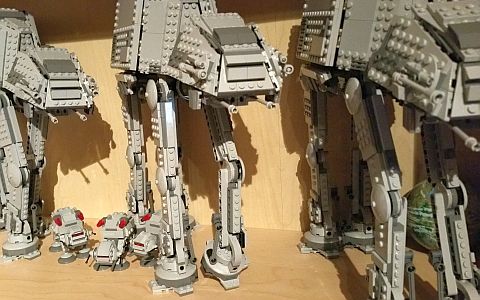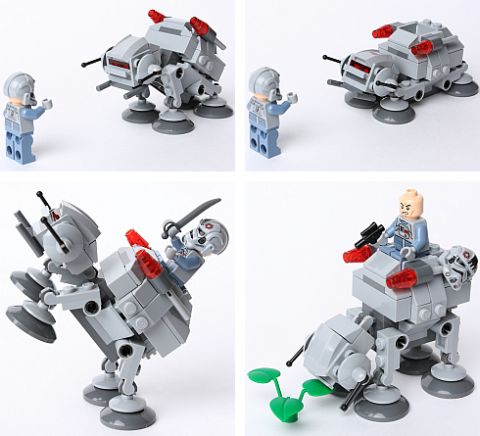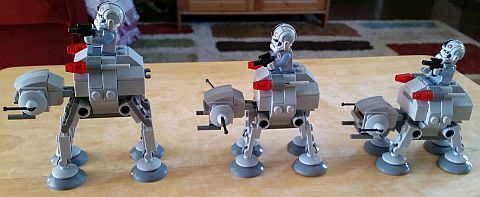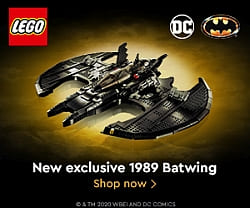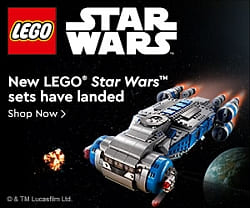LEGO Disney Princess has been a hit ever since it was launched last year. In 2014 we got seven LEGO Disney Princess sets, with the largest one being the #41055 LEGO Disney Princess Cindarella’s Romantic Castle. At the beginning of January LEGO released four more sets in the line, and they have been a huge hit. Today we will take a look at all four of the 2015 LEGO Disney Princess sets in detail and see what all the fuss is about. 🙂
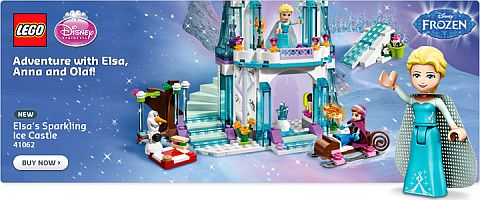
➡ #41060 LEGO DISNEY PRINCESS SLEEPING BEAUTY’S ROYAL BEDROOM: Build Sleeping Beauty’s bedroom and bring her story to life! Explore Princess Aurora’s bedroom at the castle and feed her furry friend the rabbit with a carrot. Today is her birthday. Sixteen years ago, an evil fairy named Maleficent put a terrible curse on her. Will Aurora prick her finger on a spinning wheel’s spindle and fall into a deep, enchanted slumber, only to be woken by true love’s kiss? Or maybe she will find a hidden magic wand and break the spell. It’s all up to you! Have fun building Sleeping Beauty’s bedroom and play as you go! Includes Princess Aurora mini-doll figure and a rabbit. 96 pieces. Price: $12.99 – BUY HERE
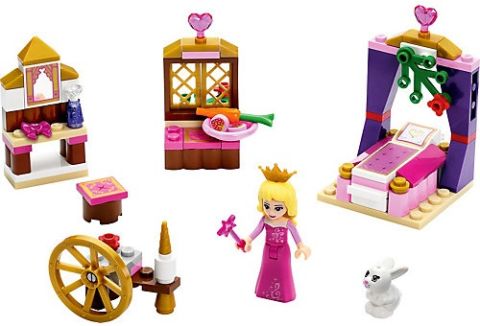
This is the smallest of the LEGO Disney Princess sets in this wave, but it is still a lovely set with a wonderful array of accessories. I particularly like Aurora’s dress. Another notable thing is that while the mirror, the pillow and the blanket are stickered parts, the cushion on the little chair is a printed element! Below is the full review of the set by JANGBRiCKS where he will show you all the nice little details:
➡ #41061 LEGO DISNEY PRINCESS JASMINE’S EXOTIC PALACE: Have a magical adventure with Princess Jasmine and Rajah the tiger! Welcome to Agrabah, a land of mystery and enchantment, home of Princess Jasmine. Play with the princess and her pet tiger Rajah in the palace courtyard! What will they decide to do today? Perhaps they will lounge by the fountain or go on a thrilling magic carpet ride, high above the rolling dunes of the kingdom. They could pay a visit to the bustling marketplace to see the snake charmer in action. Then Rajah might get his paws on the magic lamp and wish for an afternoon spent munching on drumsticks, followed by a catnap in the shade of a towering palm tree. It’s all up to you! Have fun building the palace and play as you go! Includes Princess Jasmine mini-doll figure and Rajah the tiger. 143 pieces. Price: $19.99 – BUY HERE
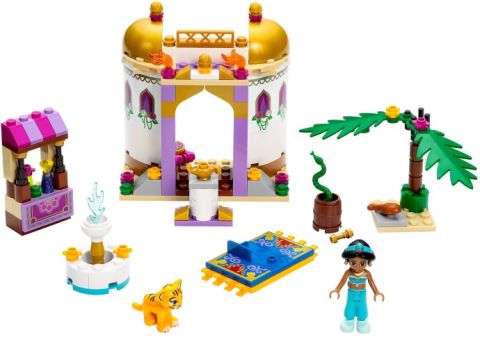
This is one of my favorite set in this wave. Jasmine is really cute with her exotic dress and jewelry. Like the previous set, this one is also a strange mix of printed and stickered elements. The windows on the large white wall-panels are stickers. The top of the cushion and the pattern on the little market-stall are also stickers. However the 2×4 tiles on the magic carpet are printed! See the full video-review below:
➡ #41062 LEGO DISNEY PRINCESS ELSA’S SPARKLING ICE CASTLE: Help Olaf and Princess Anna have a cool adventure in Queen Elsa’s magical Ice Castle! Hop aboard the sleigh and join Anna and Olaf as they pay a visit to Queen Elsa’s beautiful ice palace for some frosty fun! What will they do first? Play hide and seek behind the secret staircase, or go skating around the castle? They could ski down the ice hill or prepare frozen treats in the castle’s ice cream bar and then get ready for a picnic in the snow under the magnificent icicle tree. It’s all up to you! First have fun building Elsa’s Sparkling Ice Castle. Then it’s time to play! Includes Queen Elsa and Princess Anna mini-doll figures, plus Olaf the snowman. 292 pieces. Price: $39.99 – BUY HERE
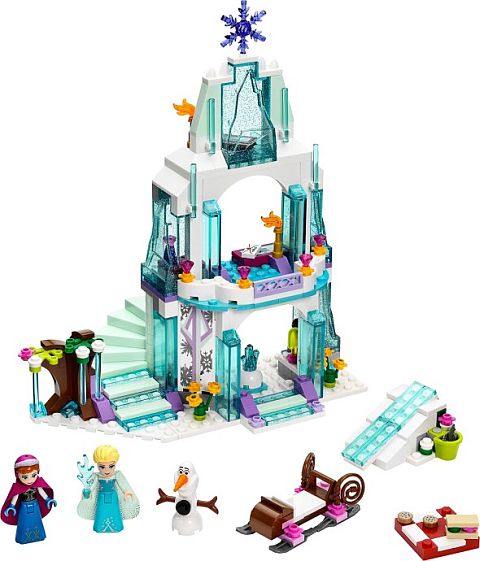
It seems like LEGO vastly underestimated the demand for this set. It has been shown as sold out since day one at the Online LEGO Shop (you can still order it and it will ship within 30 days). It has also been sold out at pretty much every LEGO retailer. It is full of beautiful and rare trans-blue elements and other unique colors and the two mini-dolls and Olaf are really special as well. If you want to get this set before it completely disappears, I strongly recommend that you get one as soon as possible. Even if you are thinking about getting this as a gift for later in the year, get it now and stash it away. It is very likely that you won’t be able to find it later – at least not for the regular price. Below is the full video-review of the set:
➡ #41063 LEGO DISNEY PRINCESS ARIEL’S UNDERSEA PALACE: Make beautiful music under the sea with Ariel and her friends! Dive right into an incredible underwater adventure with Ariel, her sister Alana and her friends Sebastian and Flounder! Help Ariel and Alana get ready for a concert in their dressing room with vanity and sofa. Then put on a show-stopping performance with the gang on the piano, maracas and microphone. Admire Ariel’s collection of bits and pieces from the human world in her secret grotto, and frolic in the waves with Flounder and a friendly dolphin. Help Ariel enjoy some sweet treats with her friends and when the day is done, slide her through a trap door, down a slide and straight into her clamshell bed. It’s all up to you! First have fun building Ariel’s Undersea Palace. Then it’s time to play! Includes Ariel and Alana mini-doll figures, plus Sebastian the crab, Flounder the fish and a dolphin. 379 pieces. Price: $54.99 – BUY HERE
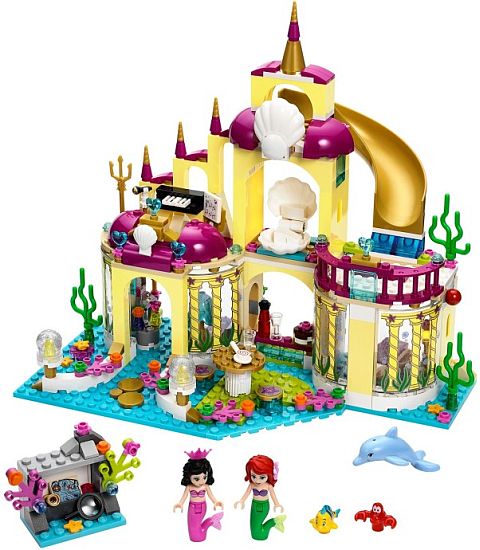
At least in my opinion this is the most beautiful LEGO Disney Princess set released so far. The shape, the colors, the playability, the accessories, the mini-dolls, the other characters, and all other features of this set are real winners. It is also full of unique and new LEGO elements, as well as elements in new or rare colors. I like everything about this set, except for the fact that the large clear wall elements are stickered, and these are stickers that are very hard to apply due to their size. Other than that, this is a beautiful LEGO set. See the details in the video-review below:
You can find all the above mentioned LEGO Disney Princess sets, along with the first wave of sets released last year, at the Online LEGO Shop.

So what do you think? How do you like these LEGO Disney Princess sets? Did you get any of them already? Or are you planning to? Which one is your favorite? Feel free to share in the comment section below! 😉
And you might also like to check out the following related posts:


